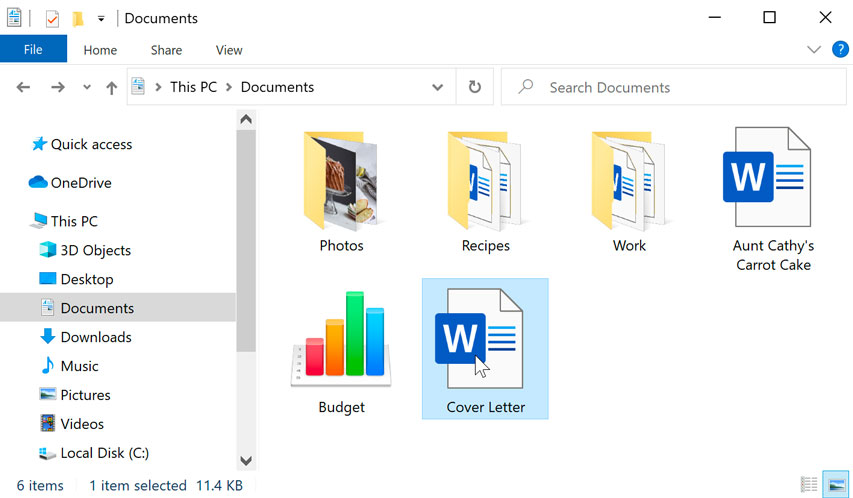
In computing, a file is a named collection of data that is stored in a computer system and can be identified by a file name, a path, and a file extension. Files are used to store information, such as text documents, images, videos, programs, and more. Each file is typically associated with a specific file format that determines how the data is structured and interpreted.
Key characteristics of files include:
File Name:
File Extension:
File Path:
File Format:
File Size:
File Content:
Files can be categorized into various types based on their content and purpose:
Text Files: Contain human-readable text and are often used for documents, source code, configuration files, etc. Examples include .txt, .html, and .css files.
Binary Files: Contain non-textual data and can include images, executables, multimedia files, and more. Examples include .jpg, .exe, and .mp3 files.
Document Files: Include files created by word processors, spreadsheets, and presentation software. Examples include .docx, .xlsx, and .pptx files.
Media Files: Contain multimedia data such as images, audio, and video. Examples include .jpg, .mp3, and .mp4 files.
Executable Files: Contain machine code that can be executed by a computer's operating system. Examples include .exe (Windows executables) and .app (macOS applications) files.
The concept of files is fundamental to the organization and storage of data on computer systems, allowing users to create, modify, and access information in a structured and manageable way. Files are an essential part of the file system, and the file system provides the framework for storing, retrieving, and organizing files on storage devices.
Thank you.